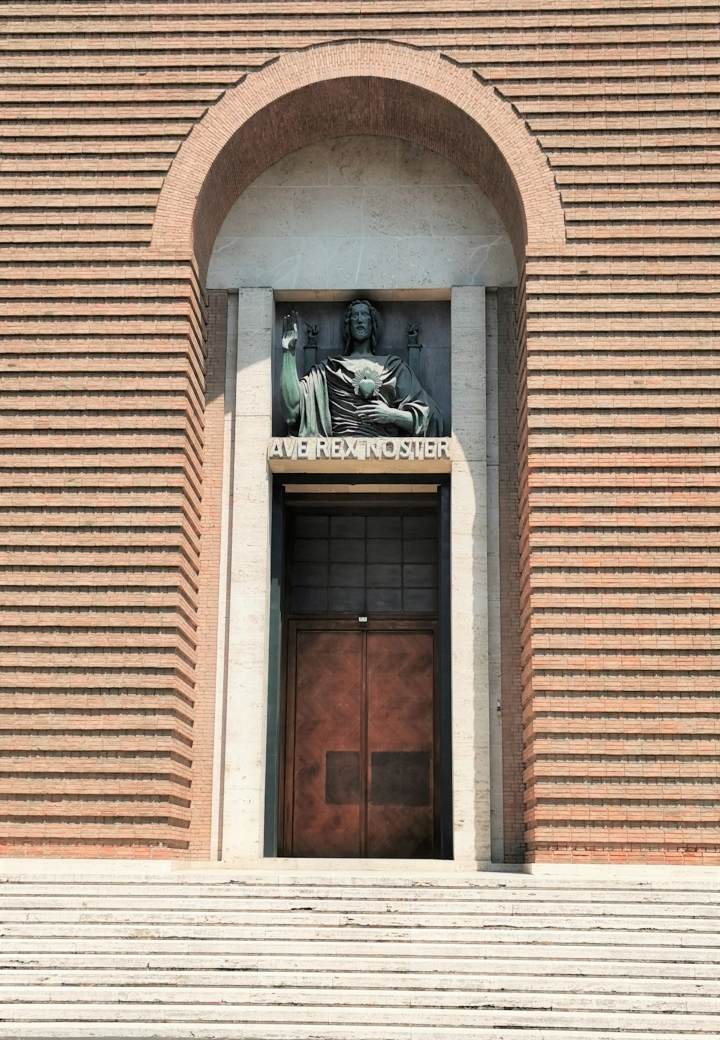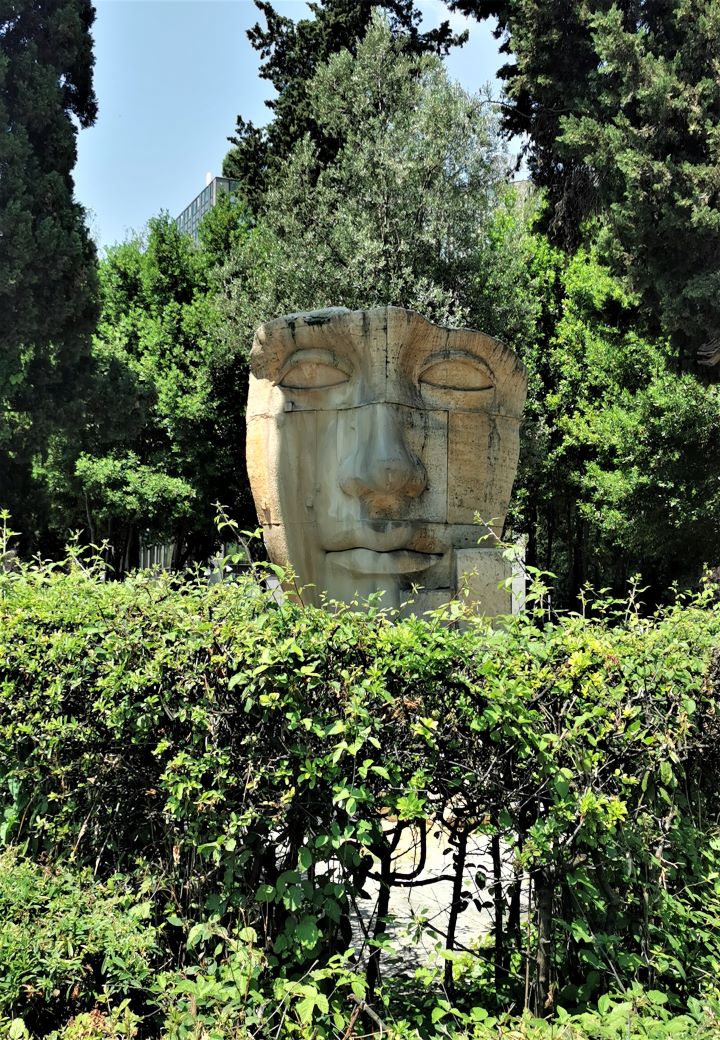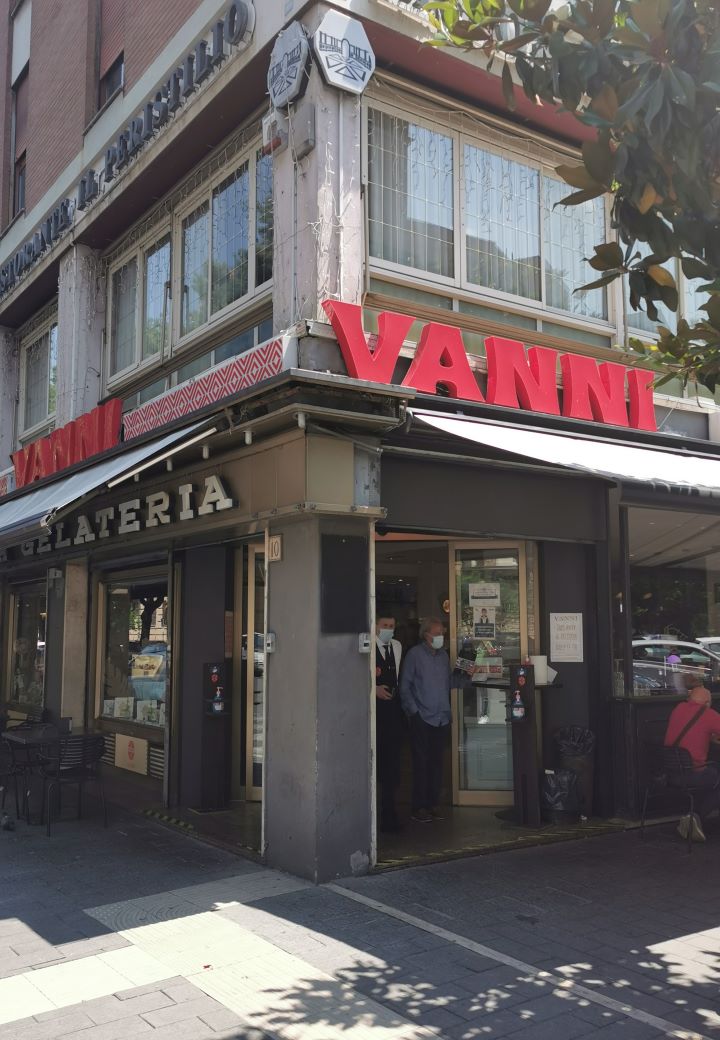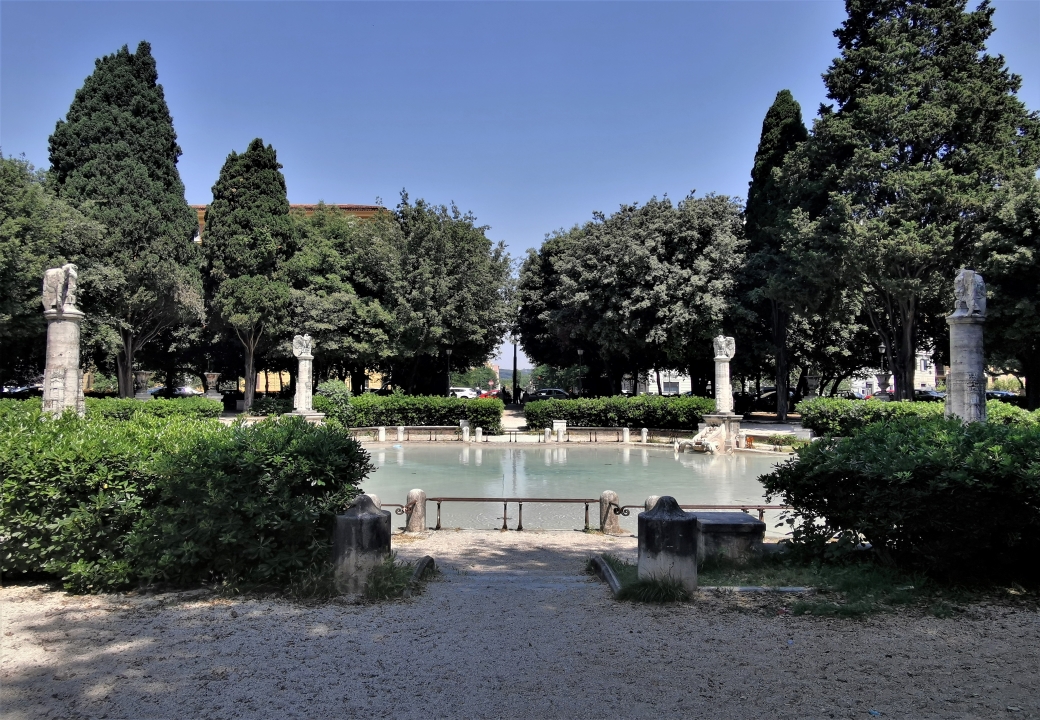
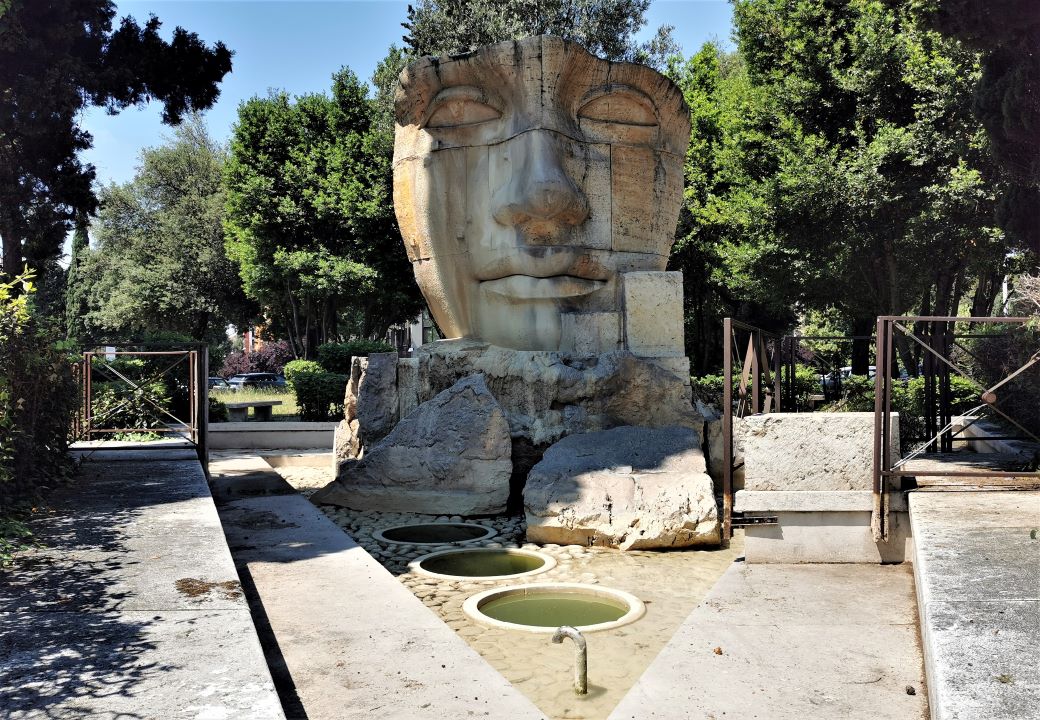
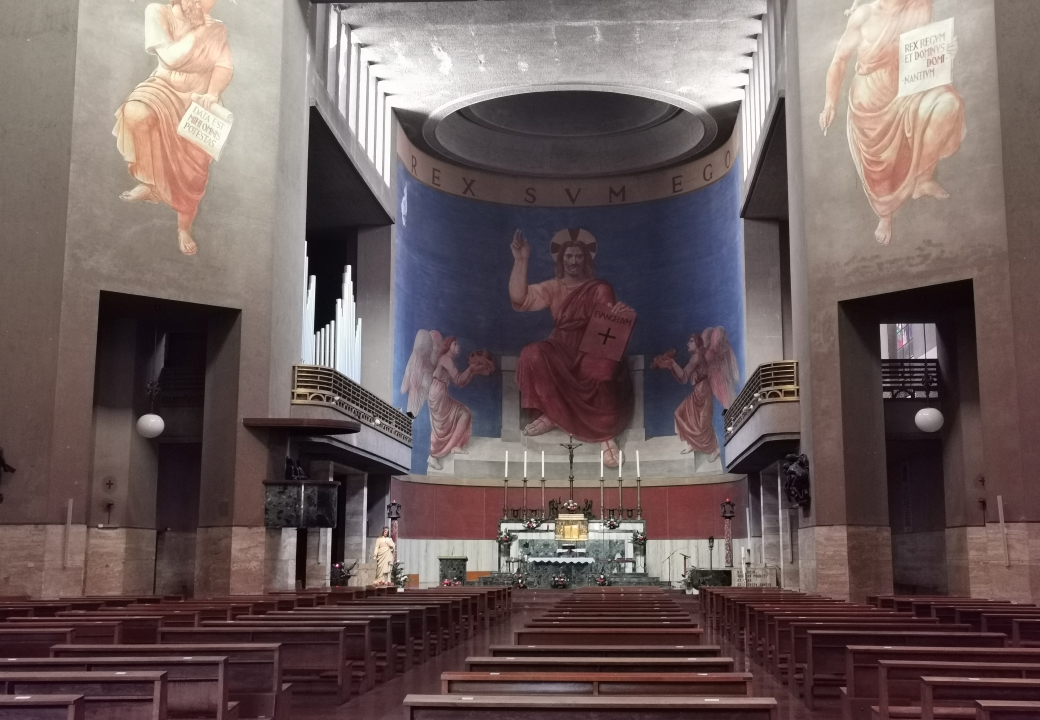
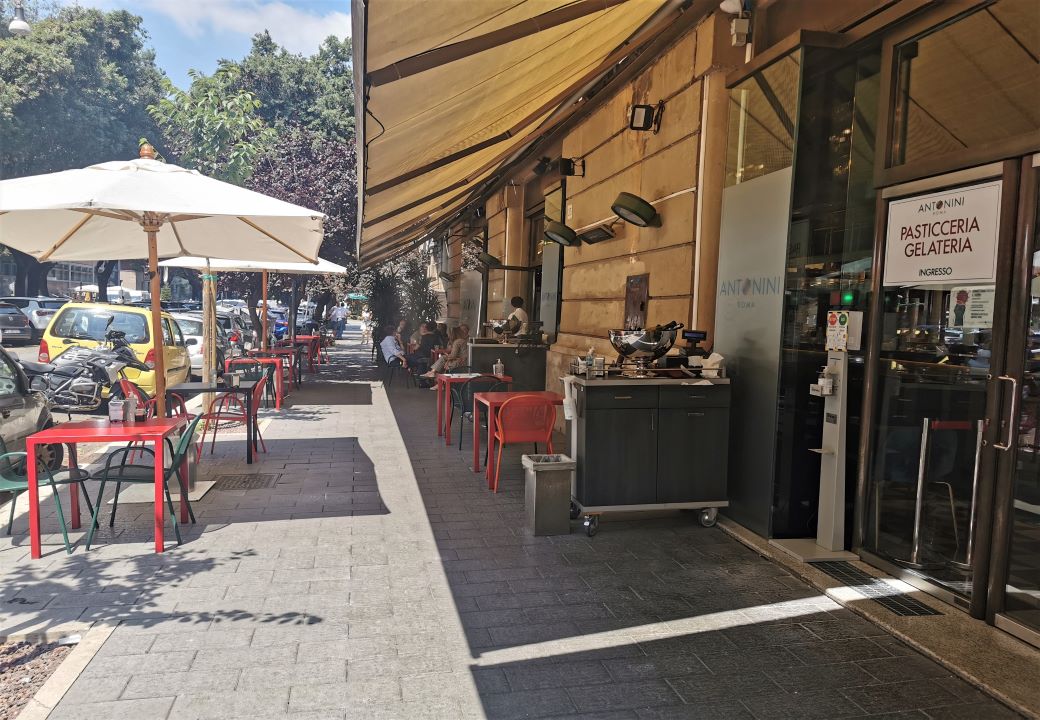
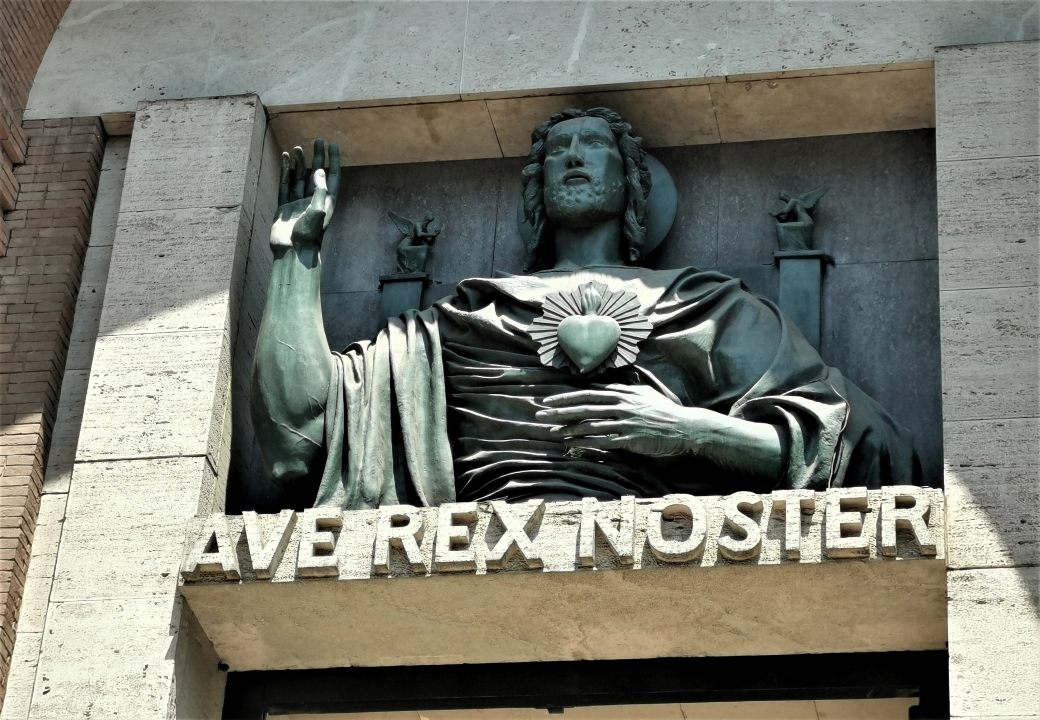
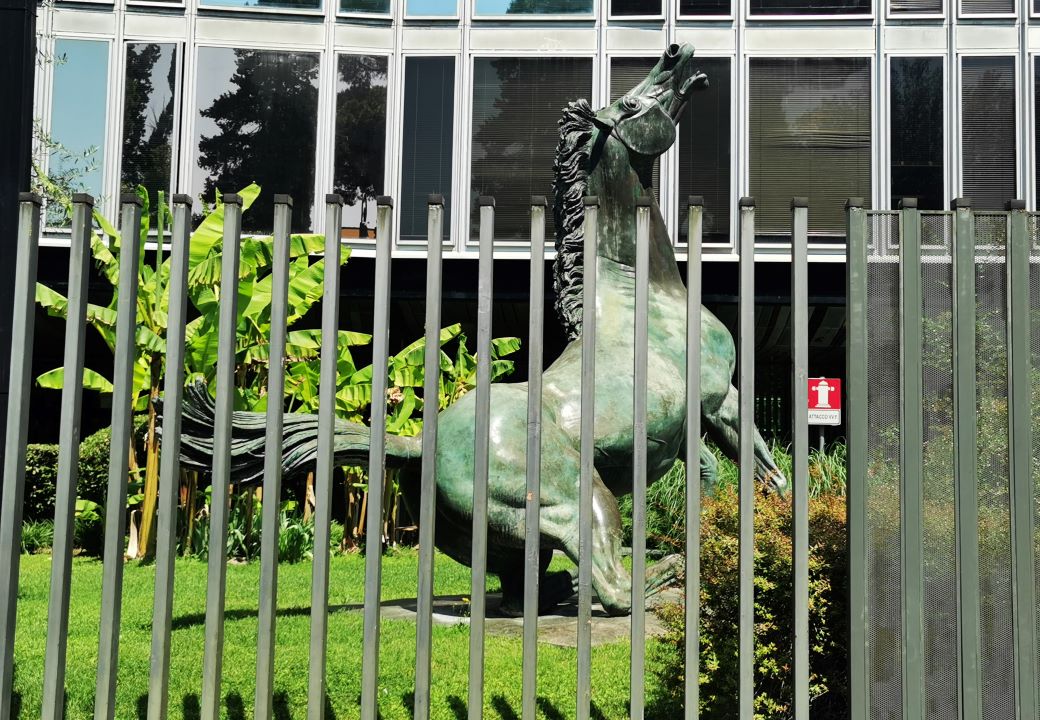 It was designed in 1911 and set up in 1921 under the name of Milvio. It took its present name only in 1935 to honour Italy’s victory in the First World War.
Della Vittoria was originally used to perform military exercises until 1909, when former mayor Ernesto Nathan created a master plan to urbanize the area.
In 1911 the core of the neighbourhood was Piazza D’Armi (no longer existing today). This area was chosen to host the 50th anniversary of the Unification of Italy.
It was designed in 1911 and set up in 1921 under the name of Milvio. It took its present name only in 1935 to honour Italy’s victory in the First World War.
Della Vittoria was originally used to perform military exercises until 1909, when former mayor Ernesto Nathan created a master plan to urbanize the area.
In 1911 the core of the neighbourhood was Piazza D’Armi (no longer existing today). This area was chosen to host the 50th anniversary of the Unification of Italy.
Right after the end of the exhibition, the neighbourhood started developing and its streets took the name of the heroes of Risorgimento and First World War.
Piazza Mazzini, the area’s most important and iconic square, was inaugurated in 1932.
Its garden was designed by Raffaele de Vico and it hosts a Christmas market every December.
Della Vittoria is also the home of RAI, Italy’s biggest television channel.
RAI settled its studios in Via Teulada in 1957 and the building in Viale Giuseppe Mazzini was chosen as the headquarter in 1966.
Walking by the road, at number 14, the statue of the dying horse made of bronze catches the eye.
The sculpture was made by Francesco Messina and it’s located in the building’s courtyard. It was chosen by Marcello Bernardi, who was deputy general manager at the time, because it exuded the idea of being powerful and strong just like RAI itself.
The story behind the sculpture is very original. The statue was called “the dying horse” by a journalist who misinterpreted the signs of deterioration of the artwork as wounds on the horse’s body.
The other journalists followed his example and named the statue the same way, changing the original meaning forever.
Today Della Vittoria is a residential district, elegant and pleasant.
It’s very close to the city centre and it’s characterized by tree-lined avenues, trendy bars and sports trails.
Its uniqueness also comes from its artistic value.
Several artworks, like statues or churches, hide somewhere in the neighbourhood’s streets and squares. They just need to be found and seen!
One of these is the Basilica del Sacro Cuore di Cristo Re.
The Basilica was ordered by the priest Ottavio Gasparri to commemorate those who died during the Great War.
Initially named Tempio della Pace (Temple of Peace), the Basilica was designed by architect Marcello Piacentini.
Construction began in 1920 and lasted until 1931, when modern architecture was becoming popular thanks to Fascism.
Consequently, Piacentini decided to change its project and provide a more rational style.
The rationalisation is evident by looking at the materials that were used.
The facade of the church is covered with red bricks and travertine, while the inside is characterized by exposed reinforced concrete.
The Basilica has three naves and is a mixture of Greek cross and Latin cross.
Outside there are two side twin bell towers and a high relief featuring the figure of the Sacro Cuore di Cristo Re dominates the front entrance.
The Basilica was officially inaugurated in 1934.
The Dea Roma Fountain is another piece of art which is often, unfortunately, unknown.
Dea Roma was an important figure in the Ancient Rome of the II century BC. She was the divinity who represented the city of Rome.
Today’s romans know her well and her iconic face can be found in many districts in the city, Della Vittoria included.
The statue is located in Piazza Monte Grappa near the Lungotevere.
It was released by polish sculptor Igor Mitoraj in 2003 and it was gifted by the Italian company Finmeccanica (now Leonardo) to the city of Rome.
The face is composed by different travertine blocks put together and the water of the fountain pours into a big tank.
The artwork was located centrally in the square and is visible from Ponte Risorgimento.
The face is easy to spot while passing through the bridge. It’s like Dea Roma is inviting us to enter the block.
After entering the district, we find ourselves in an original place, with both low houses and taller buildings that are characterized by beautiful inner courtyards with huge plants.
It’s a pleasure walking in its streets, observe the bas-relief on the buildings, look at the spacious windows of the modern houses near the Tiber and smell the flowers of the trees in Viale Carso.
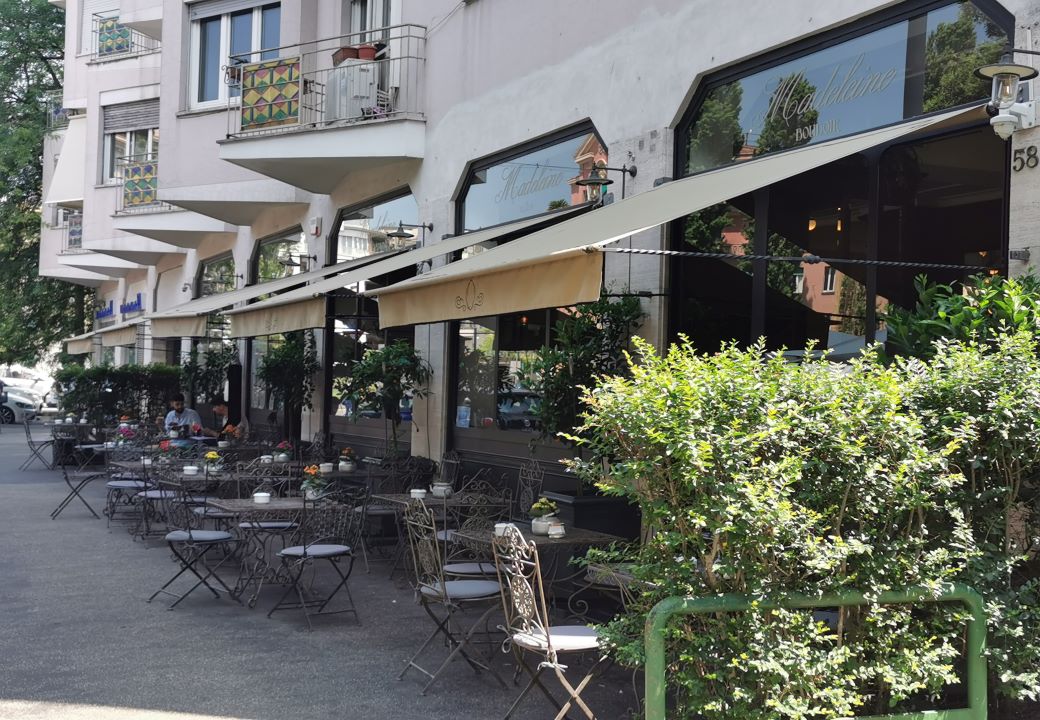
 English
English  Italian
Italian 
